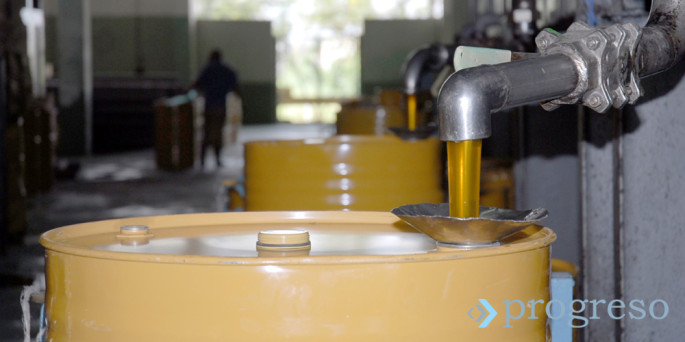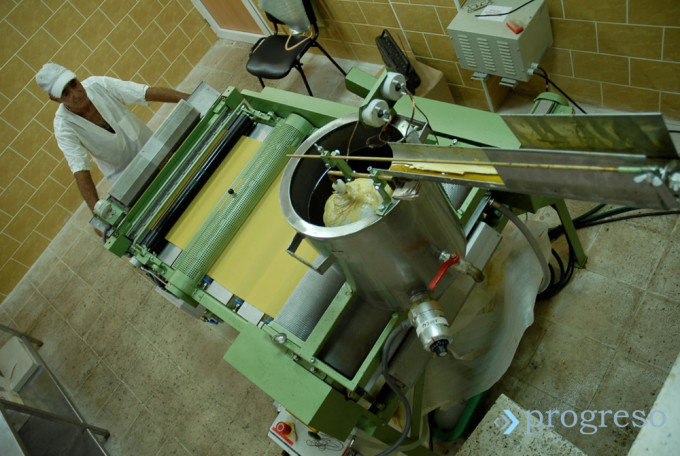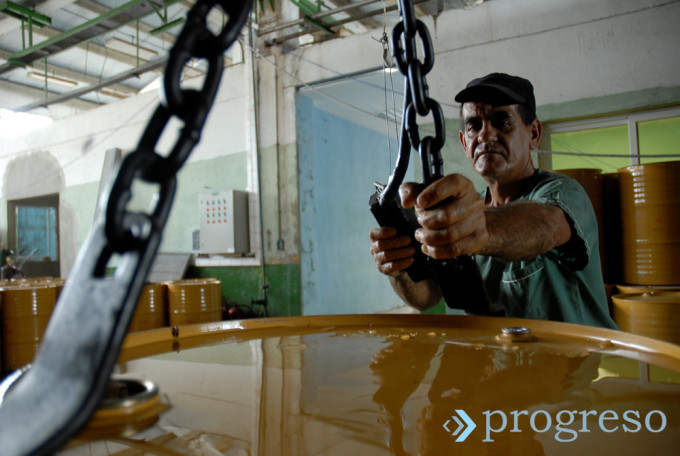
Bee honey ‘made in Cuba’
HAVANA — People in the Old Continent pay as much as 3,000 euros for a single ton of ecological honey, free from chemical residues, processed and sold at a plant in the city of Sancti Spiritus in central Cuba.
As much as 3,000 euros, a considerable sum that Europeans pay without batting an eyelash, aware that the product is rigorously within the parameters of quality maintained in that plant.
What European consumers perhaps don’t think about as they lather their breakfast toast with the strong sweetener is the complex and often painful ritual involved in removing the honey from the beehives, the first step in the productive process, a phase that preserves the romanticism of manual trades.

“Romanticism, nothing,” counters Reinaldo Santana, an apiarist who has lived for decades on the slopes of the Escambray mountain range. He uses country expressions to describe the bees’ anger: “Sometimes they mob you and burn you up. This is a job for brave roosters.”
There are about 2,000 “brave roosters” in Cuba, organized in an industry as efficient in its production as heterogeneous: about 60 Basic Units of Cooperative Production (UBPCs) with more than 400 associates; about 20 Agricultural Production Cooperatives (CPAs), other state-run groups and — the largest group — about 1,100 Credit and Service Cooperatives (CCSs).
Those statistics, the result of a survey published recently by the Observatory of Latin American Economy, demonstrate the gradual growth enjoyed by Cuban apiculture, where a determining element is the contribution of private enterprise.
However, the producers do not sell their product in the private market but deliver it all to the Cuban Apiarian Company (Apicuba) — except for what they keep for their own individual consumption.

Apicuba, in turn, distributes the raw product to the only two plants that filter and homogenize the honey. One is in Santiago de Cuba (currently in a process of modernization), where the honey from the eastern provinces is processed, and the other is in Sancti Spiritus, which normally handles 70 percent of the national total.
The Sancti Spiritus plant is currently handling all of the honey obtained from the more than 160,000 hives in Cuba, while the Santiago plant is being updated.
At the end of the long bee-producer-industry-client chain, the exporting company Cubaexport markets the product overseas. Cubaexport monopolizes 98.5 percent of the export sales, a volume that brings into the nation’s economy about 16 million euros, according to Yoandra Valle Vargas, director of Apicuba.
The growth in production is a result of a development program that will allow the industry to produce 10,000 tons of honey a year by 2020, Valle Vargas says. That was the figure recorded in the 1980s, when production was at its peak.
The provincial structures of Apicuba are currently involved in consolidating what is becoming a “honey boom” and reinvesting the revenues from exportation into the productive sources. They’re doing so by delivering stainless-steel modules to the farmers, setting up purification tanks throughout Cuba and even planning a third plant for the processing of honey, one that will deal with unexplored potentials.
Beyond the obvious improvements in the working conditions, what’s most gratifying to the producer is the increase in the price of honey. That figure ranges from 10,000 to 17,000 Cuban pesos per raw ton, says Yudmila González, a specialist at the Sancti Spiritus plant. The figure was confirmed by several producers interviewed by Progreso Weekly.

To verify the claims that Cuba has been making to its principal foreign market, a committee of European auditors recently examined closely every facet of the production, from the selection of bees to the path of the honey through every turn in the process.
At the Sancti Spiritus plant, they calibrated the equipment, looked into the giant tanks and measured every step of the process, a rigorous liturgy that ended with the presentation of a certificate that declares the company more than qualified to send honey to the European Union.
Although the Old Continent has for years received the honey processed in this part of the island, other clients — no less promising — have begun to consider it. Such was the case of the visit made recently by Chinese Ambassador Zhang Tuo, who spoke about his country’s interest in investing in Cuba’s apicultural sector.
That’s good news for the Sancti Spiritus plant, whose revenues have enjoyed an exponential growth. According to its management, last year it produced more than 4,000 tons of honey. In the first quarter of 2015 it has produced 2,160 tons, of which 174 tons are of the ecological variety.
On overtime and on 24-hour multiple shifts, its workers have been fulfilling, at the rate of 54 tons a day, the ever-growing demand for honey from Cuba and the European Union. That project would have been utopian had there not been a capital investment process that modernized the plant’s entire structure, at an approximate cost of 4.2 million pesos and almost 3 million dollars in hard currency.
The installation of containers, sieves and filters to eliminate the impurities of the raw product, the incorporation of a homogenizer to blend the different types of honey, and the limitation of storage containers are some of the transformations described by Bruno García, director of the Sancti Spiritus plant.
“With the modernization of the plant, we have elevated the purity and safety of the process, which is complemented by a better presentation of the product to a market as demanding as the European market,” the director said.
In addition to Europe and the traditional consumers of “made-in-Cuba” honey, new options for marketing could open in the future for a product whose standards of quality have been more than confirmed by the experts. A sweet product that often begins with bitter stings.


